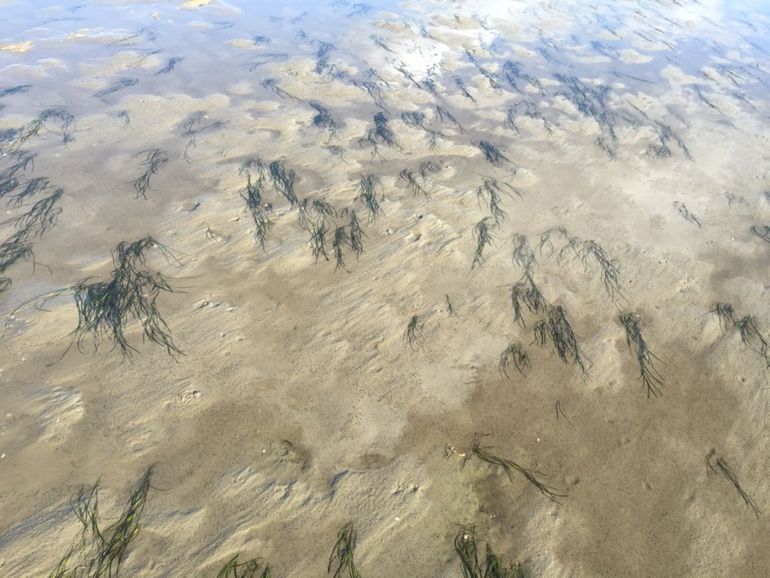
Seagrass restoration threatened by fungi
NIOZ Royal Netherlands Institute for Sea Research, Radboud University, University of Groningen
Nearly all seagrass seed is infected
This investigation was prompted by disappointing germination of sea grass seed that was collected for the restoration project on the North Sea island of Sylt. Nearly all this seed was found to be infected with Phytophthora. Lead researcher Laura Govers, who works at Radboud University and the University of Groningen, tested the germination of the infected seed. “This proved to be six times less likely to germinate than non-infected seed. Only three to four percent of all infected seeds germinated.”

Copper treatment
In recent decades, many fields of seagrass have deteriorated worldwide. In the Netherlands, the vast seagrass beds that were originally present in the Wadden Sea disappeared after 1930 and never recovered. These fields were important breeding grounds for fish such as herring, and they contributed to the high biodiversity of the area. They also made the water clearer and contributed to coastal protection by damping the force of the waves. That's why biologists are investigating whether seagrass restoration in the Dutch Wadden Sea is possible. One way to improve the chances for seagrass restoration is by treating the seeds during storage with a copper solution. This method has been used in farming since the 19th century to combat Phytophthora infection and appears to be promising for eelgrass seed.
Text: NIOZ Royal Netherlands Institute for Sea Research
Photos: Laura Govers; Jannes Heusinkveld
